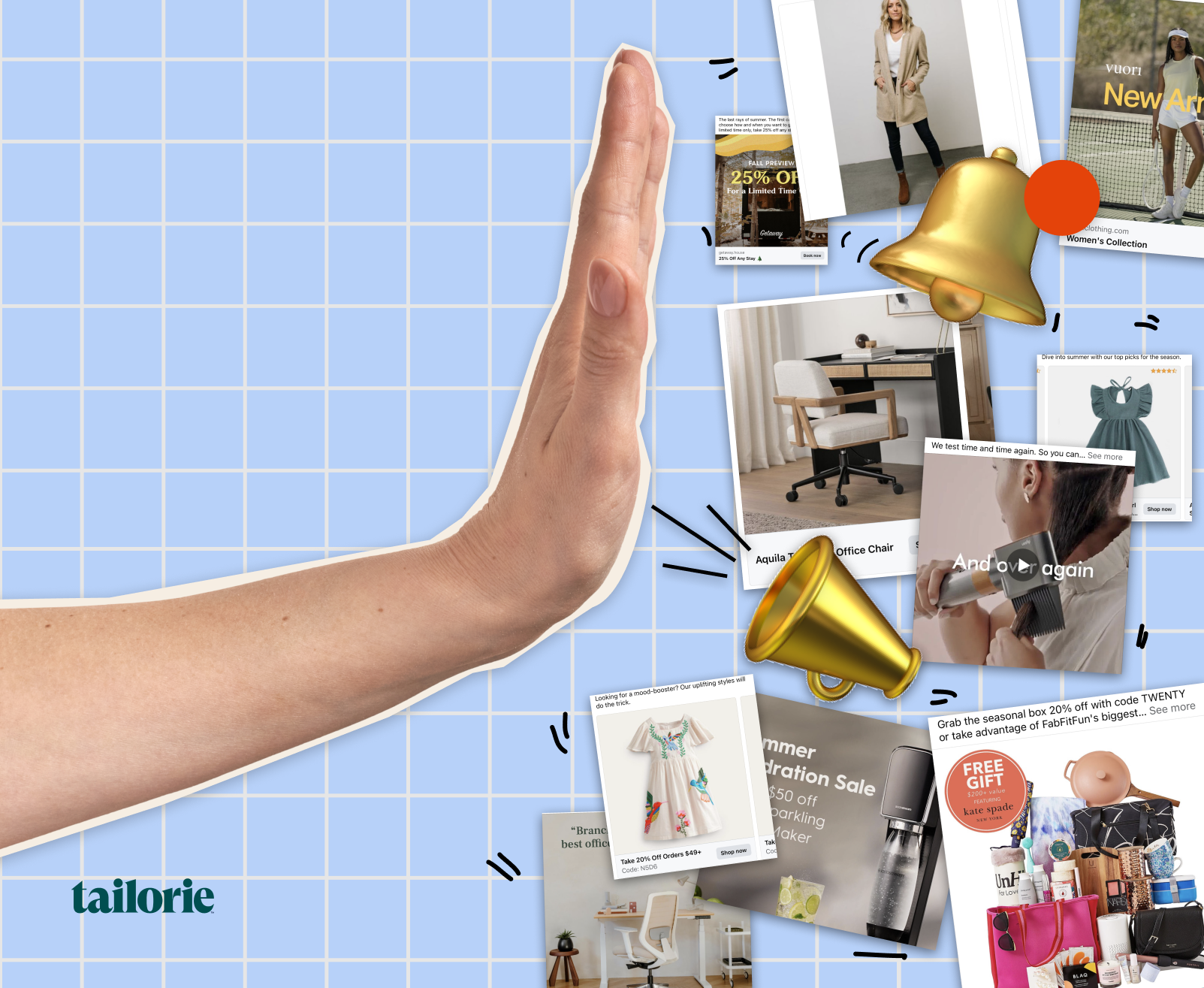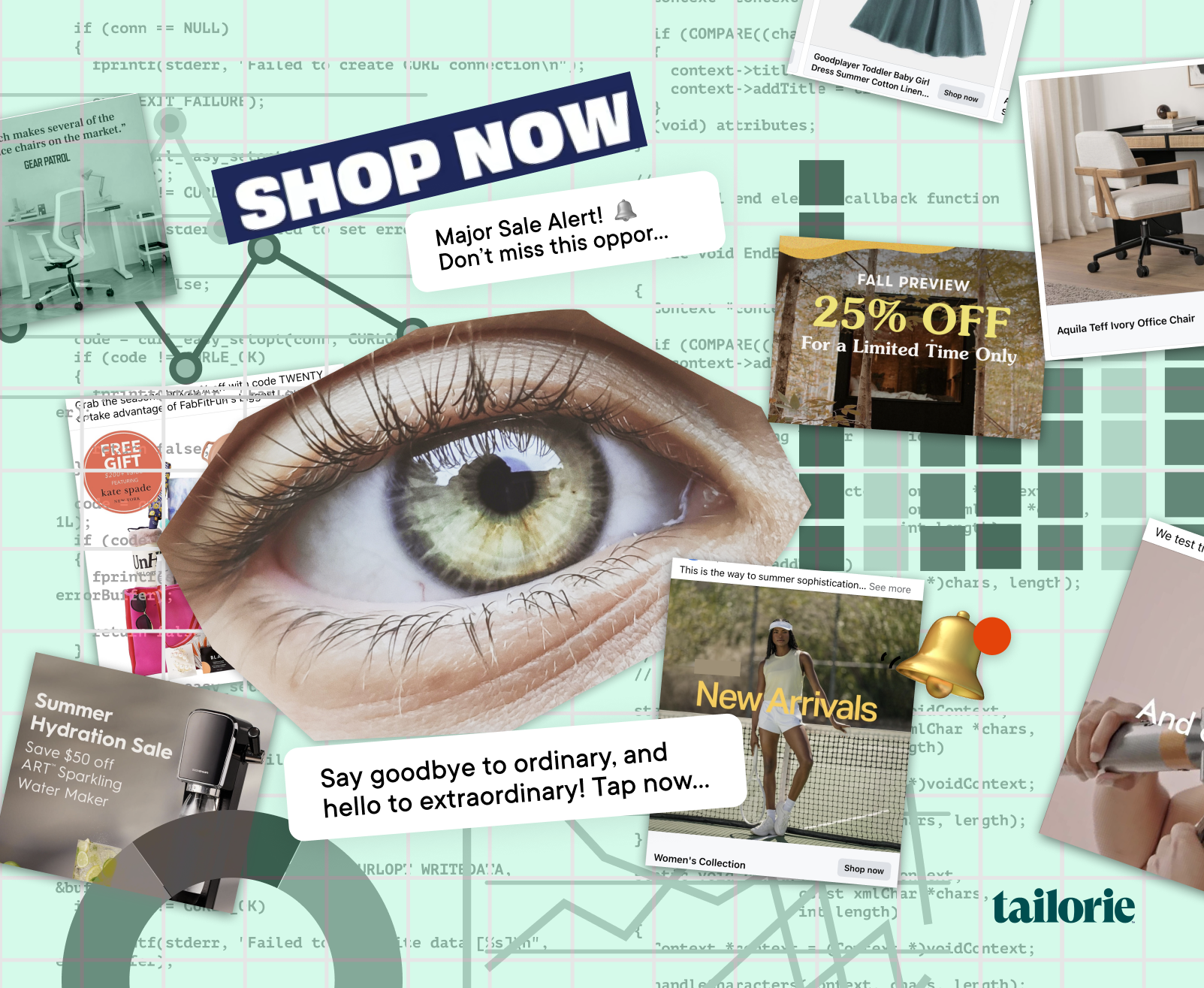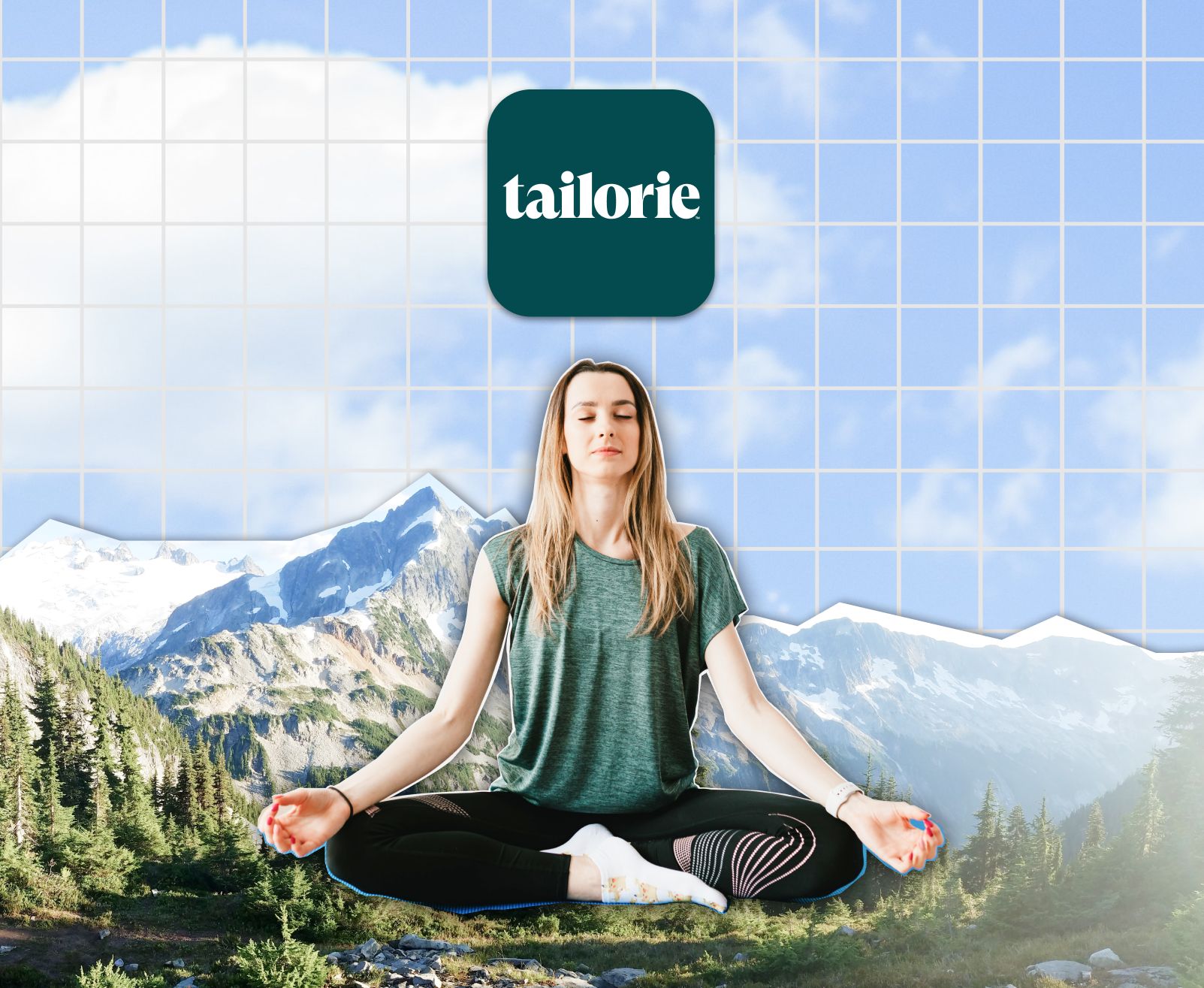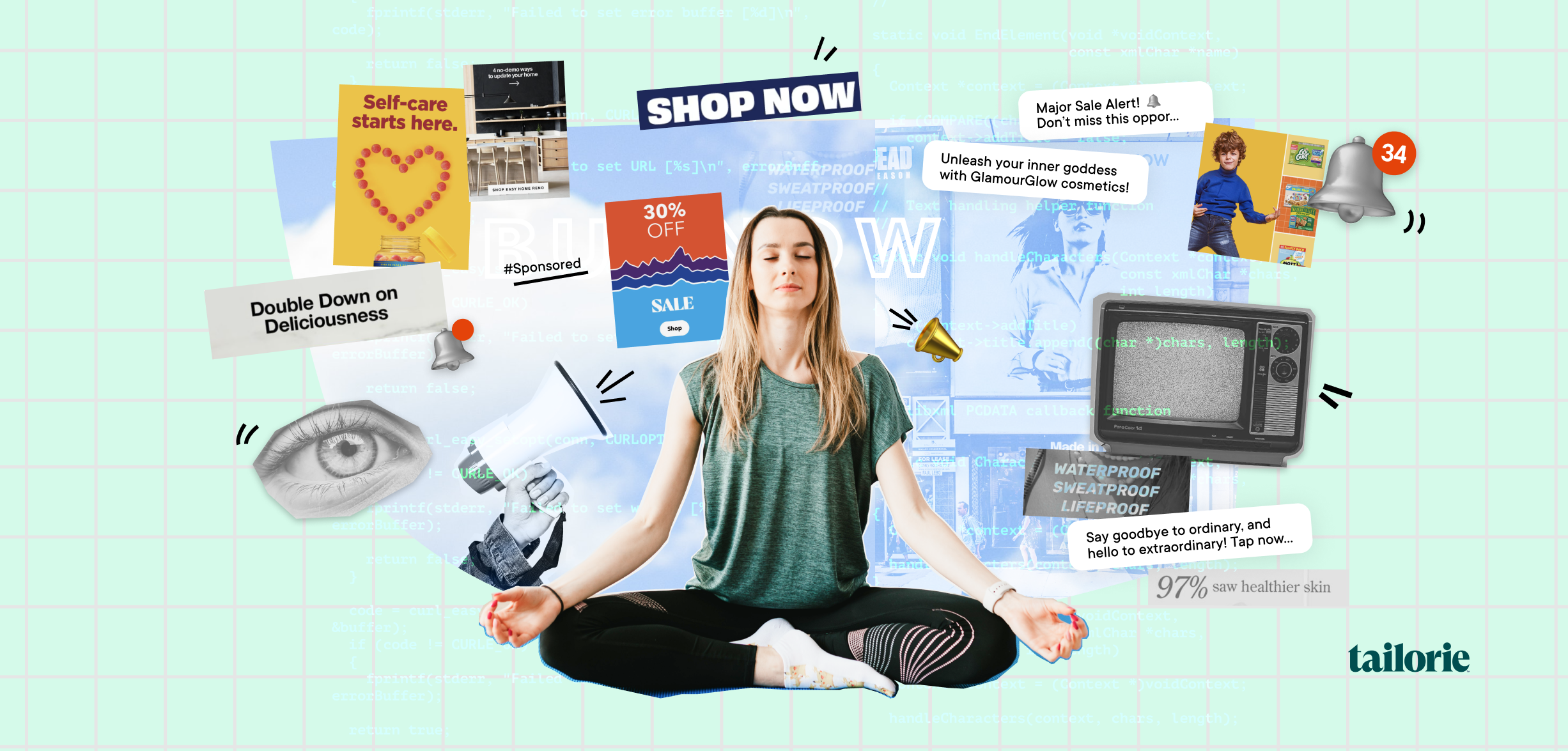In our modern world of hyper-connectivity and constant information, a deluge of data, products, services, opinions, and content barrage us relentlessly, creating a racket that is as omnipresent as it is overwhelming. It’s a world that has fallen under the spell of ‘more,’ a world addicted to the allure of excess.
Yet, against this backdrop of overwhelming abundance, a counter-narrative has begun to resonate – the longing for less. This sentiment echoes an age-old philosophy born centuries ago, minimalism. Rooted in the wisdom of Ancient Greece’s stoic philosophers, championed by the ascetics of Eastern traditions, and later adopted by the architects and artists of the 20th century, minimalism has been a consistent counter-culture response to epochs of excess.
Historically, this desire for simplicity and clarity has always bubbled up in response to periods of overload, as if a natural equilibrium was desperately sought. Today, as we sail on the digital seas, navigating monstrous waves of superfluous information, we find ourselves yearning for that equilibrium, longing once again for less.
The Consumer's Silent Rebellion
While brands and marketers have been engrossed in algorithms and KPIs, customers have started an unnoticed rebellion. The ‘more is more’ philosophy, a battle cry for marketers in the digital era, instead of enrapturing customers, has left them gasping for breath. This onslaught of digital content, an unending flurry of advertisements, and promotional messages has led to a pervasive state of indifference and disinterest that Harvard Business Review aptly christens ‘ad fatigue’.

This fatigue is more than just a conceptual terminology. It’s visible in the downward trend of click-through rates and the stark rise of ad-blocker installations. There is an undeniable, visible expression of irritation and exasperation, a literal blocking out of the noise. And these trends are not outliers; they are the silent war cries of the customer, a pushback against the assault of the ‘more is more’ culture.
But the rebellion of the consumer doesn’t stop there. The louder the digital noise becomes, the more we see people turning to the serene whisperings of simplicity, tranquility, and authenticity. There is a hunger for less, a desire to escape from the glaring screens, incessant notifications, and the sensory overload our present culture exudes.
The societal trends are like neon signs, screaming out this change in consumer sentiment. The rise of minimalism as a lifestyle choice isn’t just a fashionable trend; it’s a response, a counter-narrative to the constant barrage of consumerism. Stripping away the non-essentials, the noise, the clutter, minimalism proposes an alternative way of living, a deliberate focusing on the things that truly matter.
The increasing popularity of digital detoxes signals the same yearning. People are intentionally distancing themselves from the digital onslaught, taking breaks from the unending scroll of their social media feeds, the countless emails, and the compulsive shopping. These detoxes aren’t just about taking a break; they’re about reclaiming control, about choosing less over more.
And then there’s the renaissance of slow, mindful living. From slow food to slow travel, from mindfulness apps to meditation retreats, consumers are increasingly leaning towards experiences that allow them to slow down, to savor, to engage fully. They are seeking out moments of quiet amid the constant buzz, moments of serenity amid the unending chaos.
Each of these trends, taken together, paint a telling picture. They point towards a growing disenchantment with the culture of ‘more,’ a clear rejection of the ‘more is more’ philosophy. They speak of a desire for less, a yearning for simplicity and authenticity. They echo the cries of the consumer, pleading for a respite from the relentless marketing onslaught.
Our customers are no longer passive recipients of our marketing efforts. They are making choices, taking stands, and voicing out their preferences. It’s time we listened.
The Misconception of 'More is More'
In the realm of digital marketing, the concept of ‘more’ has, over the years, morphed into an enchanting siren. Her song is loud and persuasive, promising us mountains of success, rivers of engagement, and oceans of riches. The dawn of AI-powered tools and data-driven strategies has only intensified the magnetism of her melody, tempting us with tales of heightened precision, augmented user engagement, and, ultimately, unprecedented sales performance.

Our convictions have been manipulated into accepting that more advertisements, more impressions, more clicks, more likes, more shares, more conversions – more of everything – would unfailingly yield superior results. Hence, just like sailors captivated by the siren’s melodious promises of glory and prosperity, we set sail on this voyage of ‘more’, our ships fortified with an arsenal of AI tools, algorithms, and data dashboards, prepared to vanquish the digital seas.
But as we ventured deeper into these waters, magnetized by the allure of ‘more’, we lost sight of our most crucial compass – the consumer. Our gaze was fixated on the horizon, our minds entranced by the siren’s promise, our fingers clutching onto our sophisticated tools and data-crunching dashboards. In our blind pursuit, we neglected the changing currents beneath our vessels – a profound metamorphosis in consumer sentiment and behavior that our relentless obsession with ‘more’ had rendered us blind to.
A host of advanced tools stands at our disposal – AI-powered advertising platforms, predictive analytics, programmatic buying, real-time bidding, customer relationship management systems, multi-touch attribution models, and more. We’ve crafted a formidable armory powered by machine learning and big data, capable of churning out gargantuan volumes of ads and content.
Yet, the irony lies in our selective deafness. As we’ve armed ourselves for a battle of ‘more’, we’ve tuned out the very signals that human behavior has been transmitting. We’ve overlooked the rising clamor for simplicity, the desperate pleas for a breather, the silent rebellion against the relentless bombardment of information. Amid our fascination with numbers and volumes, we’ve neglected the subtle nuances, the quiet whispers, and the unspoken desires that human behavior has been signaling.

Indeed, we stand at a critical juncture where the old rules of branding and consumer interaction no longer seem to fit. It’s important to grasp that ‘more’ is not always the path to ‘better’. The time has come to listen – to truly hear – what our consumers are expressing. Amid the dissonant orchestra of ‘more’, what they truly seek is simplicity and authenticity – consumers are really yearning for is less.
Our digitally inundated society has led to a craving for genuine, relatable content. Platforms like TikTok, where the unconventional and unrefined are celebrated, have become a haven for brands looking to foster genuine connections with their audience. However, the concern arises – Are we asking brands to become something they’re not – entertainers instead of creators and curators of products?
It’s evident that the face of brands is changing – from a crisp, polished corporate image to a more human, approachable persona. The shift is necessary given the evolving demands of consumers and the digital landscape. But, we must also question whether it’s sustainable and whether it’s a distraction from their core competency of providing quality products and services.
The emergence of platforms like TikTok allows brands to shed their corporate armor and reveal a more relatable side. However, it’s not all fun and games. It demands an investment of time, resources, creativity, and a shift in skills that might not align with a brand’s core competencies. Brands are now thrust into the role of content creators, an endeavor not all brands find enjoyable or beneficial.
The current climate does indeed call for a profound redefinition of what it means to be a brand in the digital era. Brands are expected to create experiences, entertain, add value, and form genuine connections. Yet, there is an equally loud call for less intrusion, fewer demands on consumers’ attention, and more meaningful interactions.
The move to platforms like TikTok should be a well-considered strategy and not a knee-jerk reaction to trends. The transformation requires considerable resources and a change in skills. In this quest to adapt, brands should ensure they are not sacrificing their original identity or drowning their consumers in unnecessary digital noise.
In this digital renaissance, the meaning of being a brand is being questioned. Is it about products and services, or is it about experiences and entertainment? But herein lies the dilemma. While brands pivot and adapt to these new age demands, they often find themselves stretched thin. The investment is significant – from hiring specialized talent to produce quality content to the sheer effort of constantly staying relevant on these platforms.
Do consumers truly desire brands to transform into entertainers? The answer is complex. Some enjoy the evolution, while for others, it’s invasive and contributes to the digital overload they’re trying to escape. The key lies in creating content that’s valuable, entertaining, and relevant without overwhelming the consumer.
It’s a daunting task for brands to navigate this evolving digital maze while staying true to their essence and not succumbing to the pressures of digital omnipresence. Brands must introspect and identify what truly resonates with their audience, discerning between fleeting trends and genuine consumer needs. In the end, the brands that can walk this fine line, balancing authenticity with professionalism, will set themselves apart in this ever-evolving digital epoch.
The Tailorie Paradigm Shift
At Tailorie, we’ve been perceptive of the growing consumer fatigue with the ‘more is more’ approach prevalent in the industry. We’ve recognized the need for a paradigm shift in our communication strategy. A shift away from a barrage of relentless advertising to providing drastically less content that is more intentional and that our customers find valuable, relevant, and meaningful.

This strategic pivot hasn’t been a straightforward endeavor. It meant going against the tide, challenging prevalent industry norms, questioning our ingrained beliefs and practices. It was akin to swimming upstream in an industry that predominantly prides itself on overwhelming digital presence. But we dared to venture into this unchartered territory, buoyed by our commitment to truly enrich our customers’ experiences.
The rewards of this bold shift have been validating. We’ve witnessed an upswing in customer engagement, a stark improvement in our brand perception, and a considerable boost in customer satisfaction. The positive feedback and testimonials from our customers affirm that we’re navigating the right path, a path that values the quality of interactions over the quantity.
Marketing's Long Overdue Revelation
The ‘more is more’ mindset in marketing has reached a tipping point, and it’s high time we confront this blind spot. To stay pertinent, effective, and, more importantly, respectful to our consumers, it’s essential to really listen, to tune into their needs and desires, and to understand their digital experiences.

In the quest for relevance, ‘more’ has often been misconstrued as ‘better’. However, we need to shift our understanding. More advertisements don’t equate to more value, more noise doesn’t lead to more engagement, and more intrusion doesn’t foster more loyalty. Our consumers want us to respect their digital spaces, their time, and above all, their peace of mind.
In the realm of marketing, the future holds a promise of ‘less’. Less clutter to sift through, less noise to contend with, less imposition to tolerate. And in this landscape of ‘less’, there’s room for ‘more’ – but a different kind: more value, more relevance, more respect.
This idea isn’t about stripping down our marketing efforts to a bare minimum, but rather about a thoughtful, intentional approach to engaging with our consumers. After all, the goal isn’t about being the loudest voice in the room, it’s about being the voice that echoes, resonates, and creates a lasting impact in the minds of our consumers.





